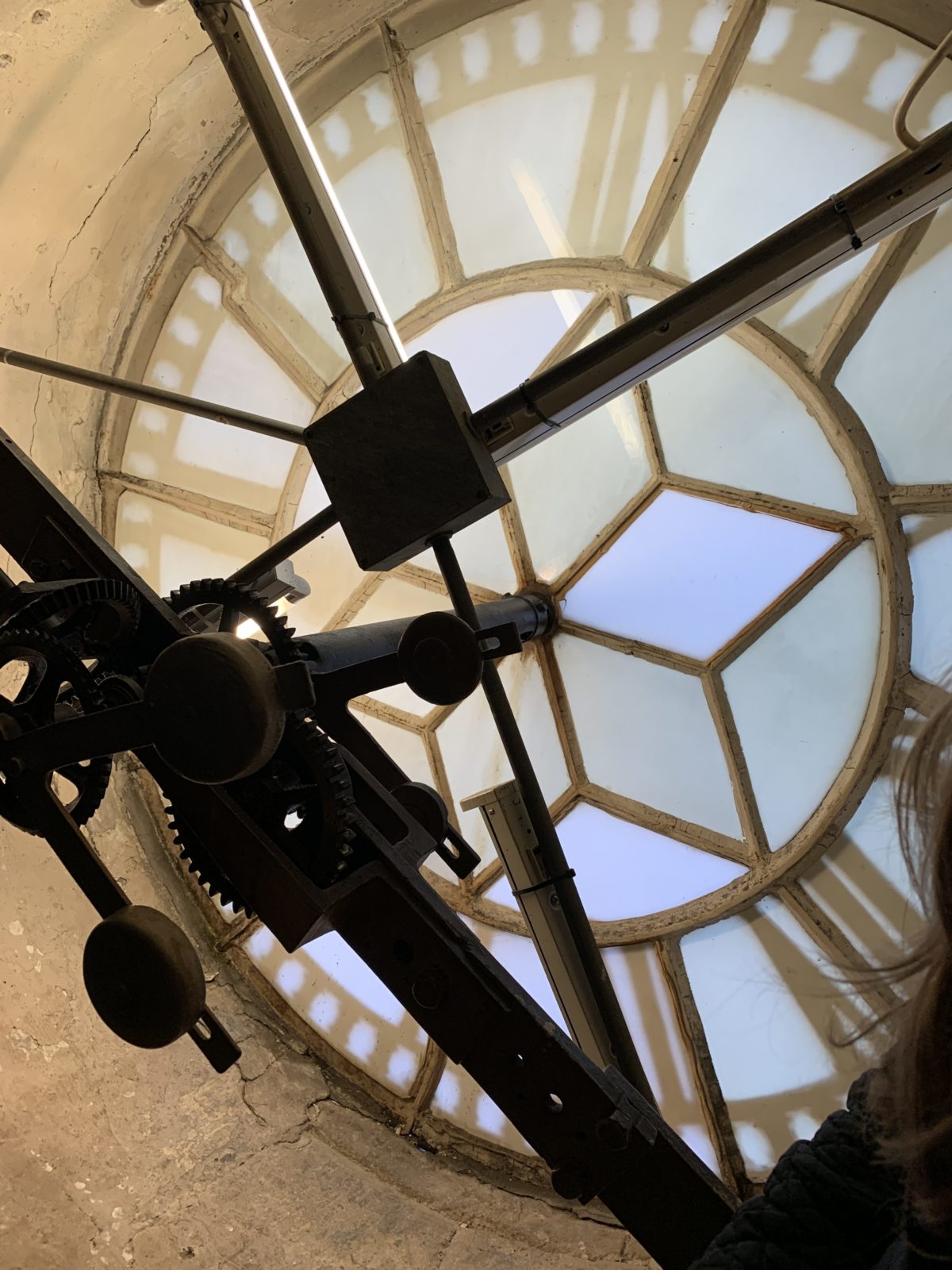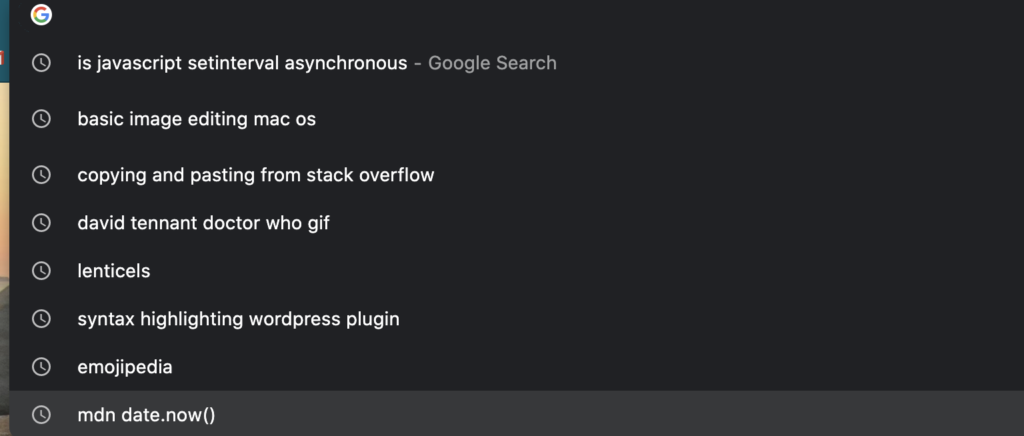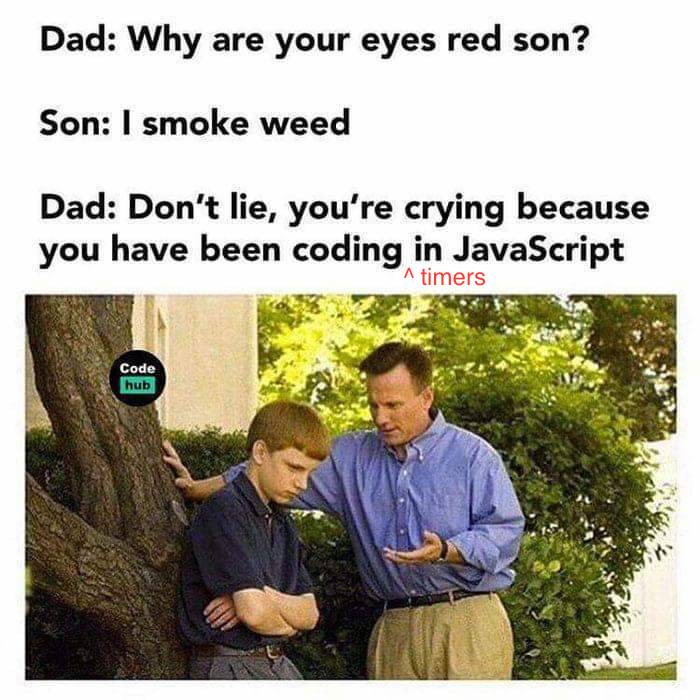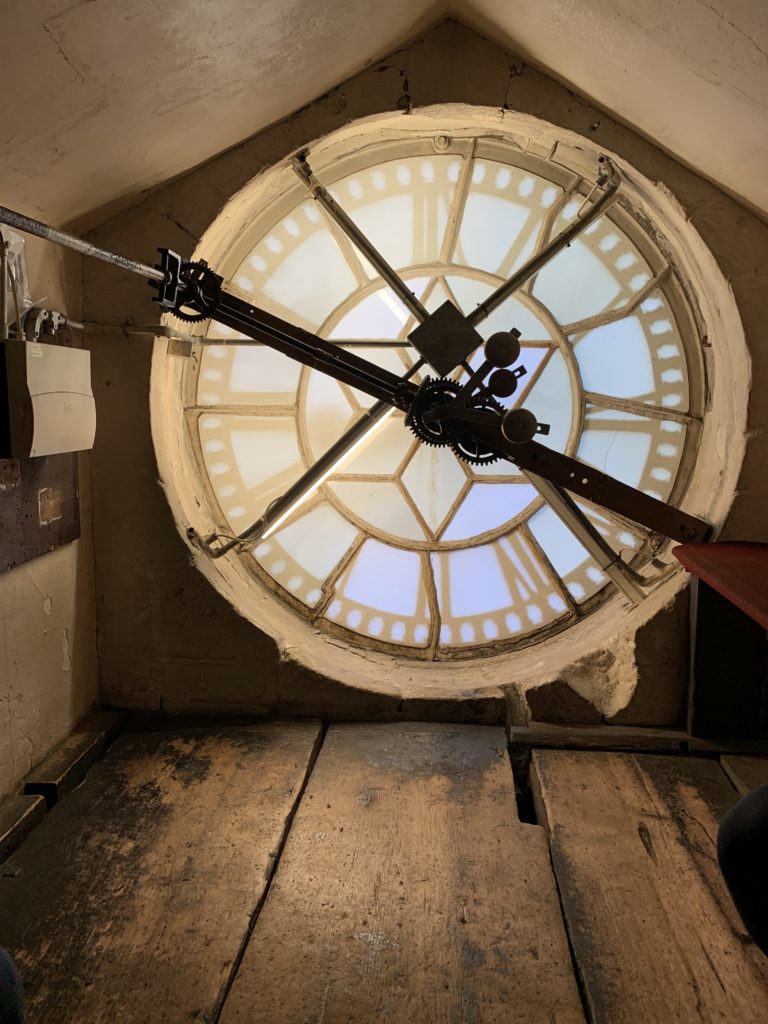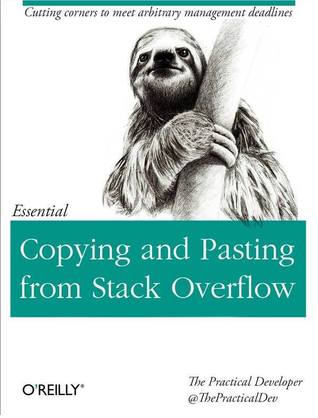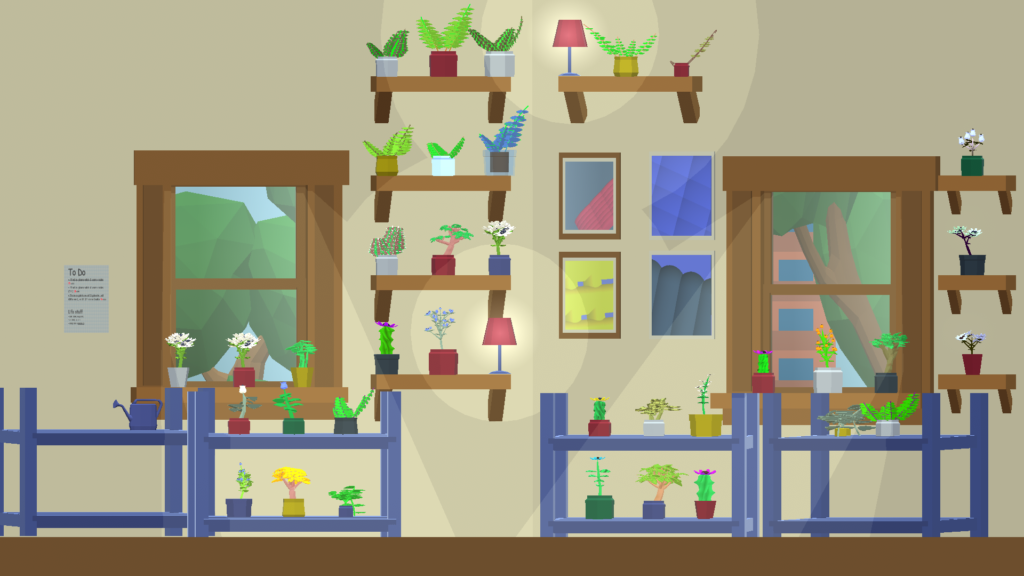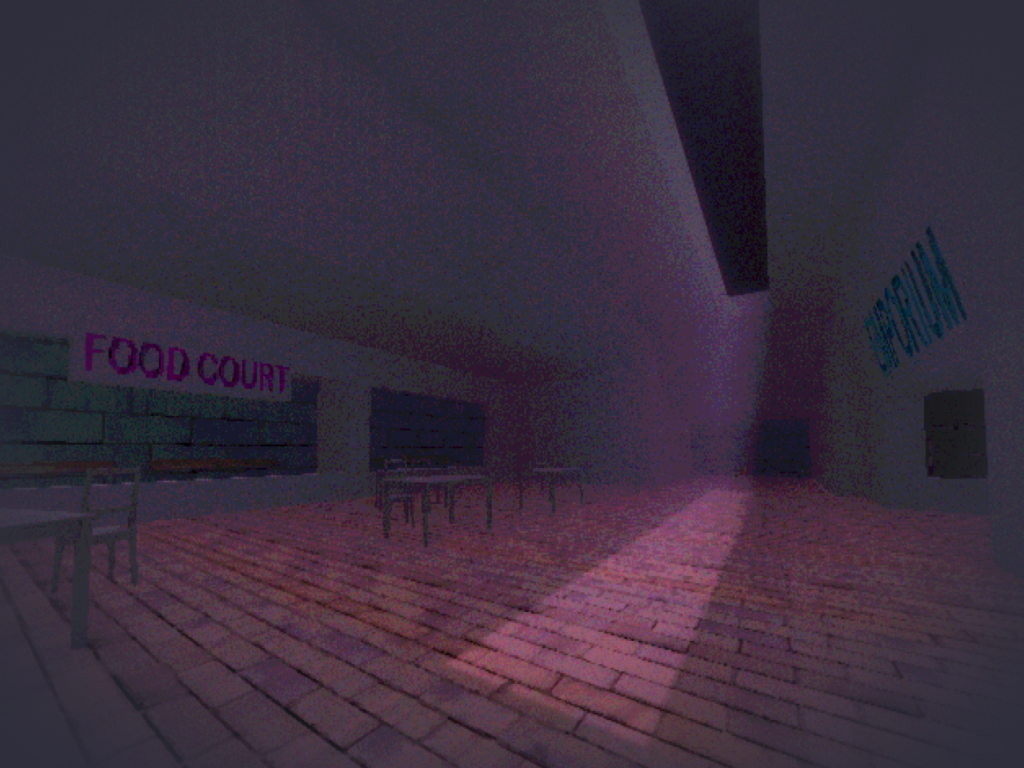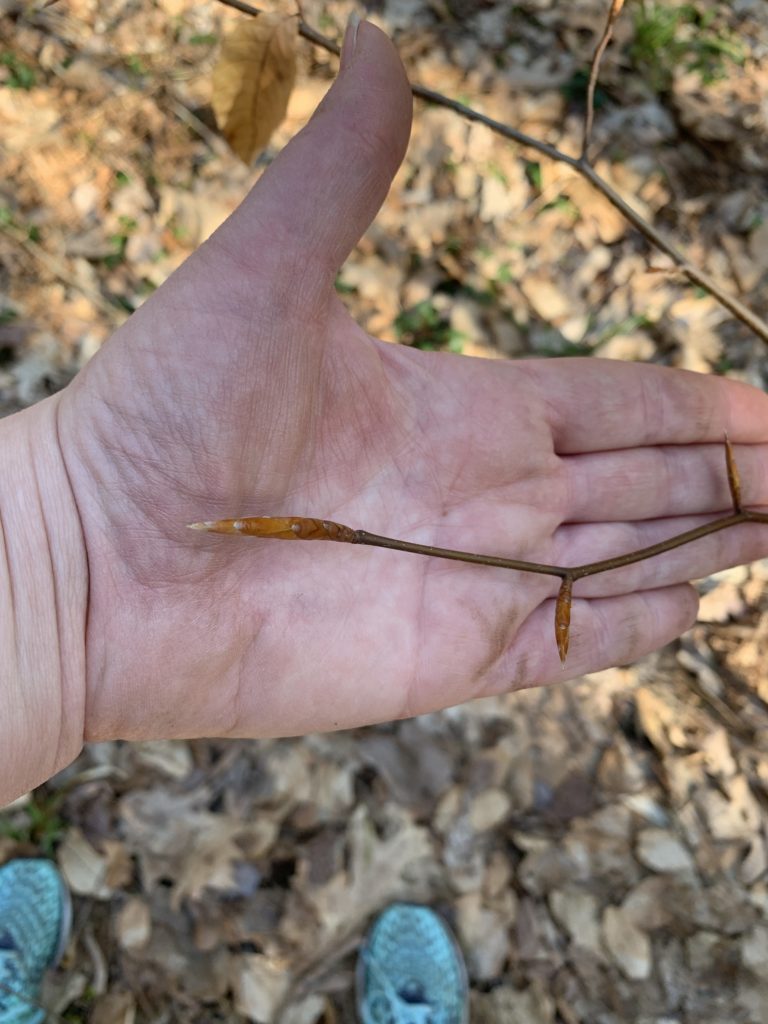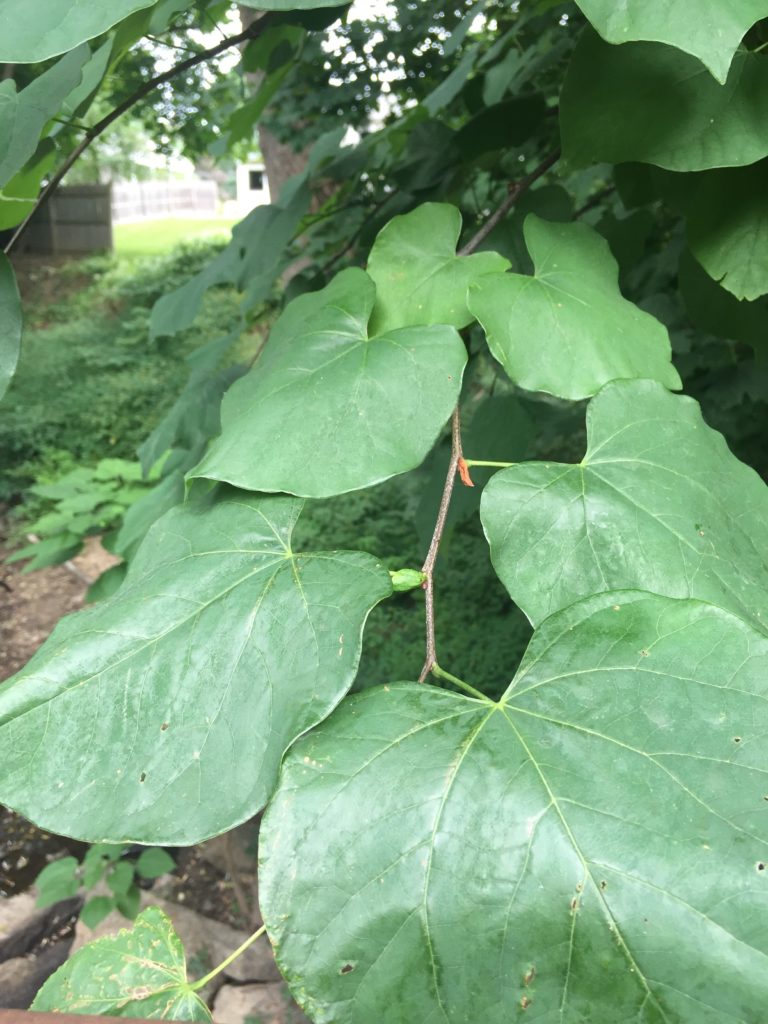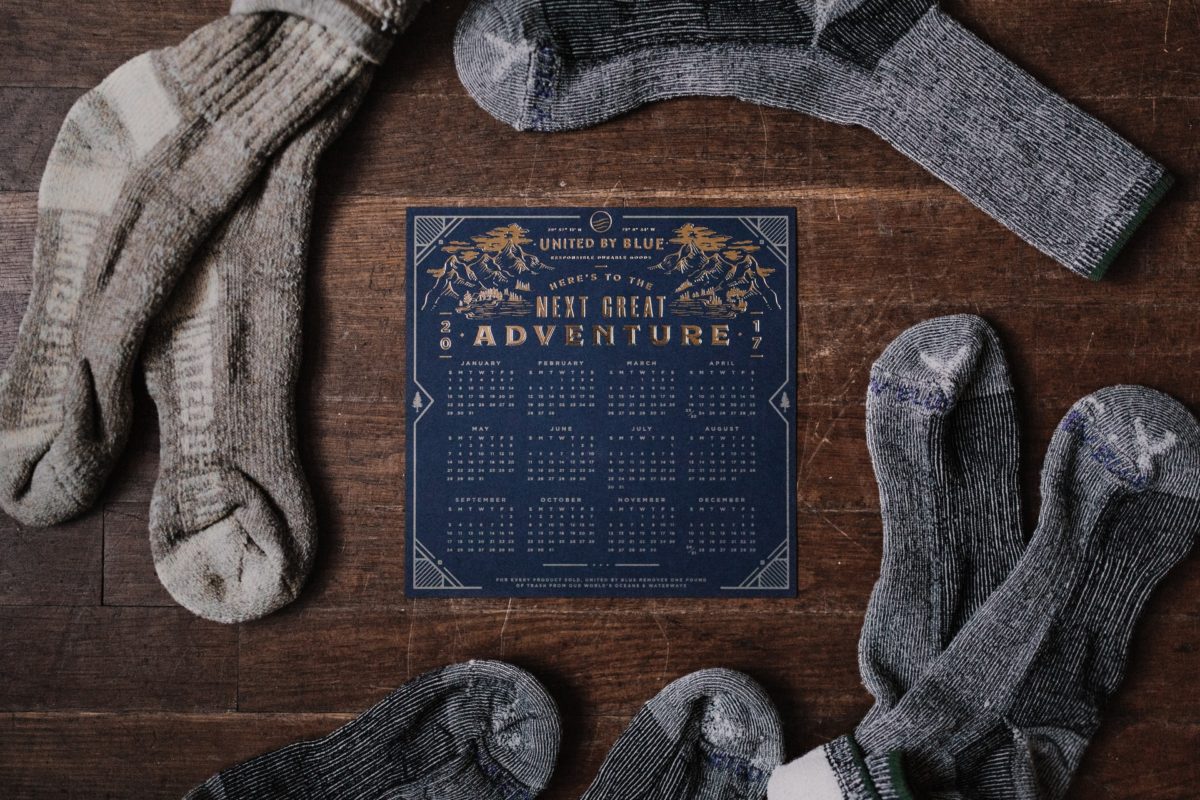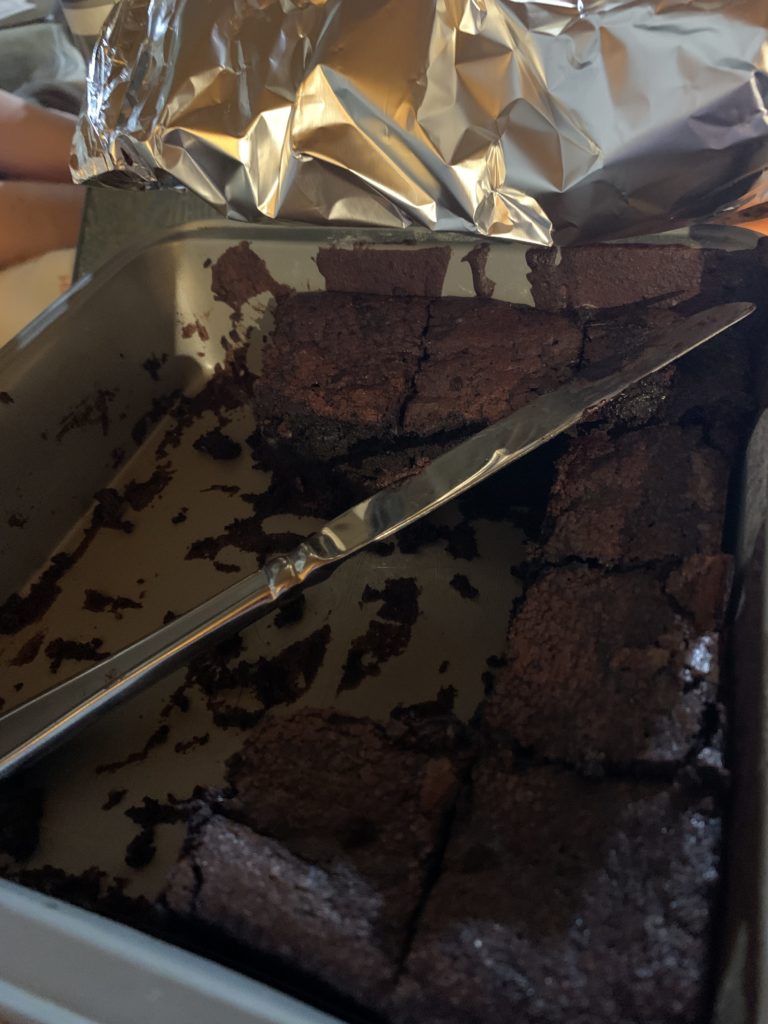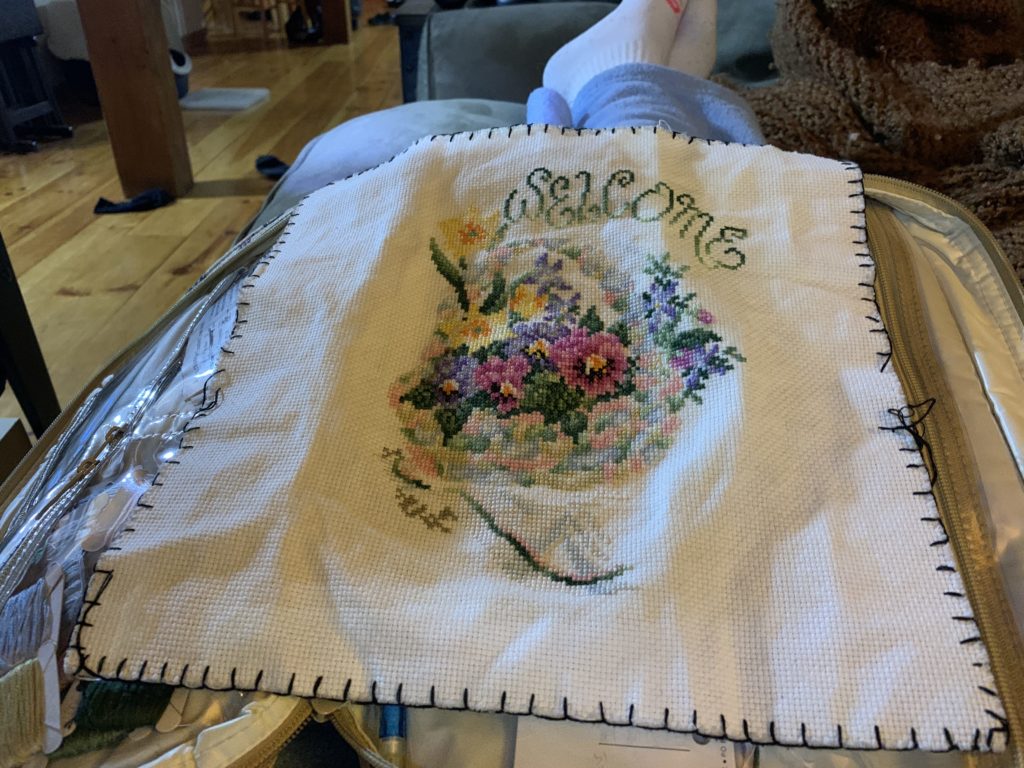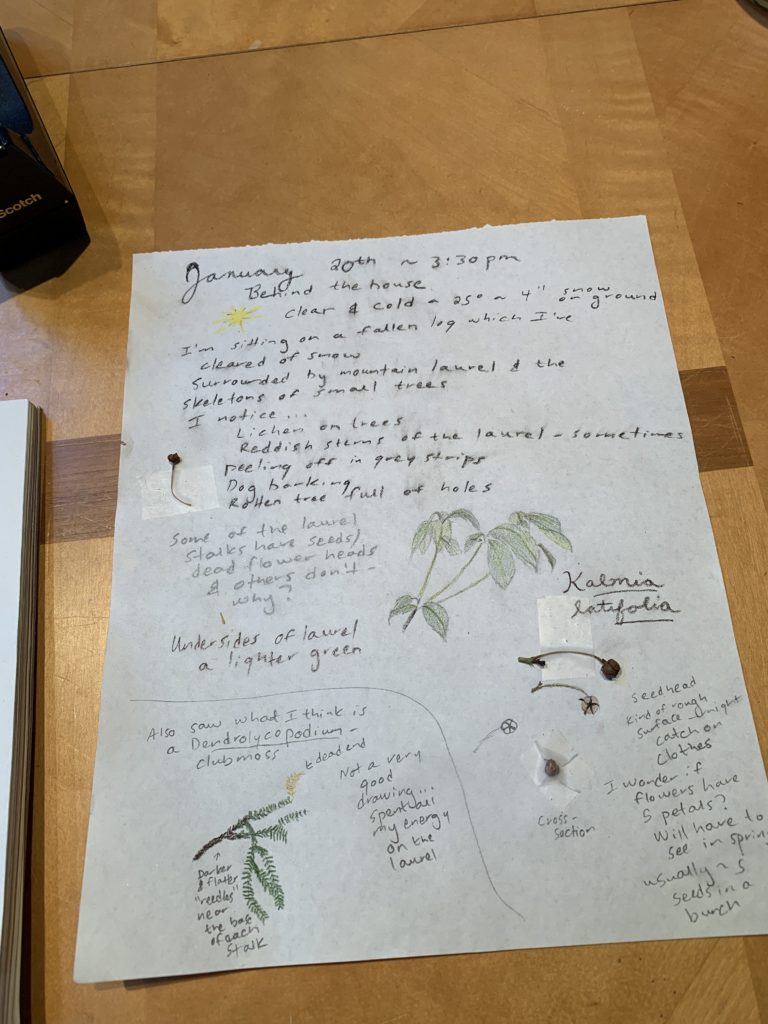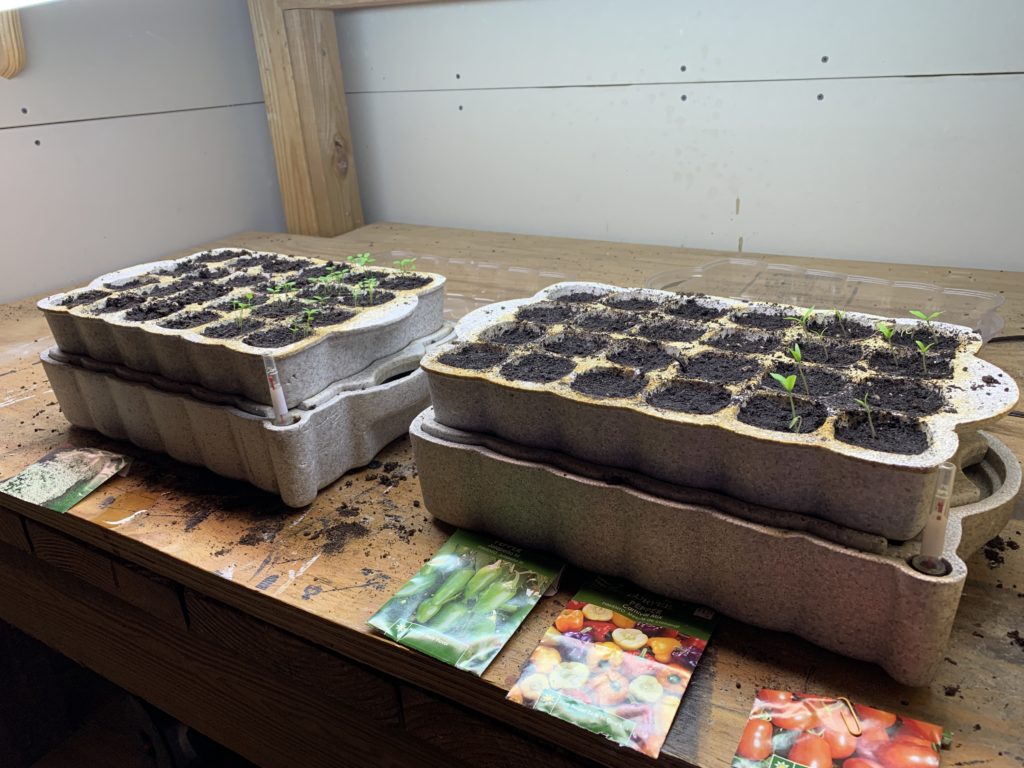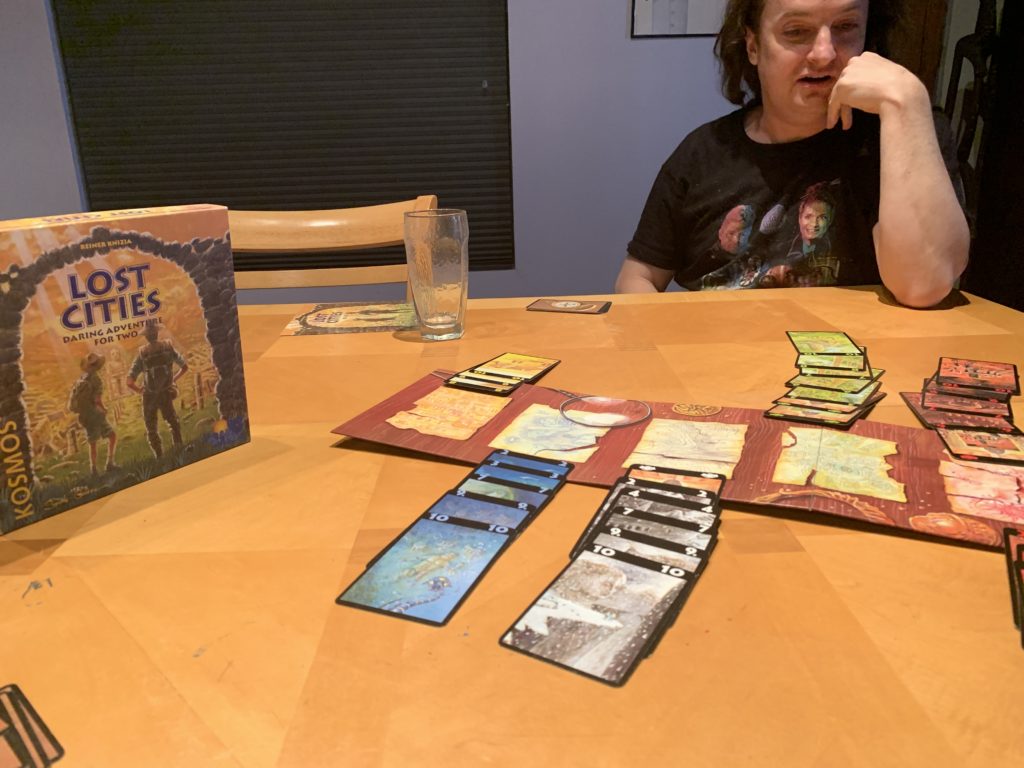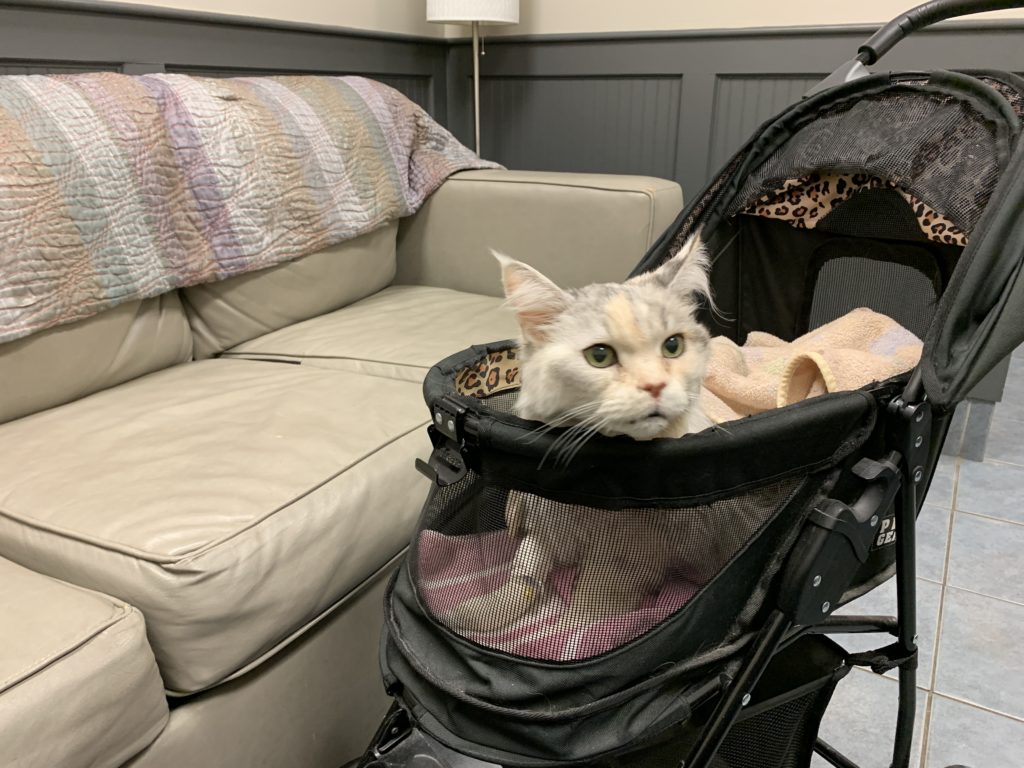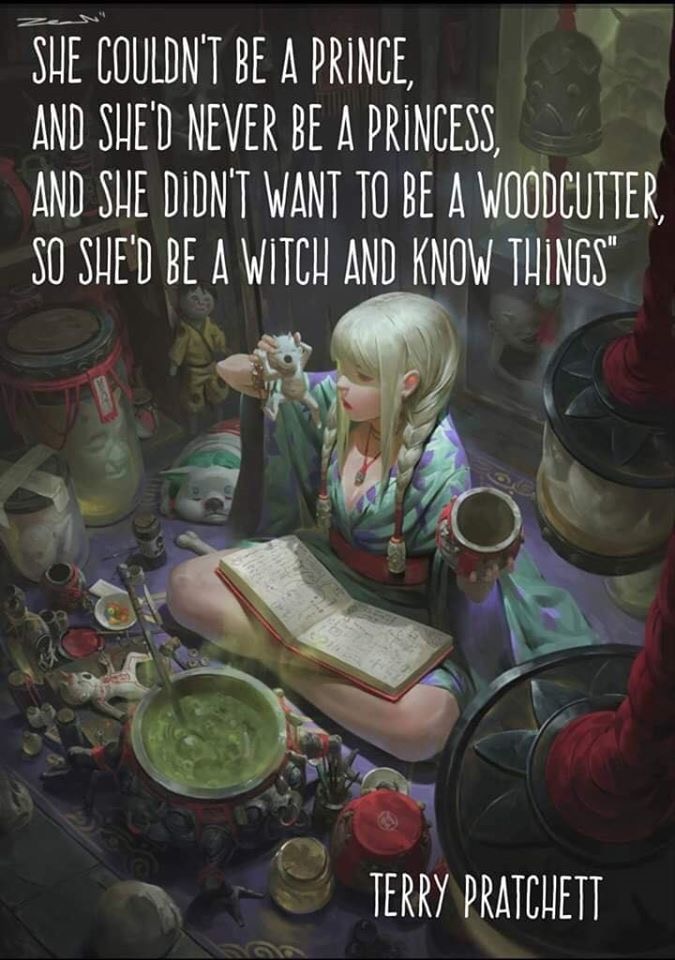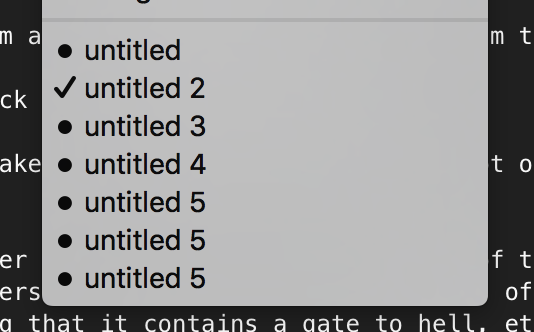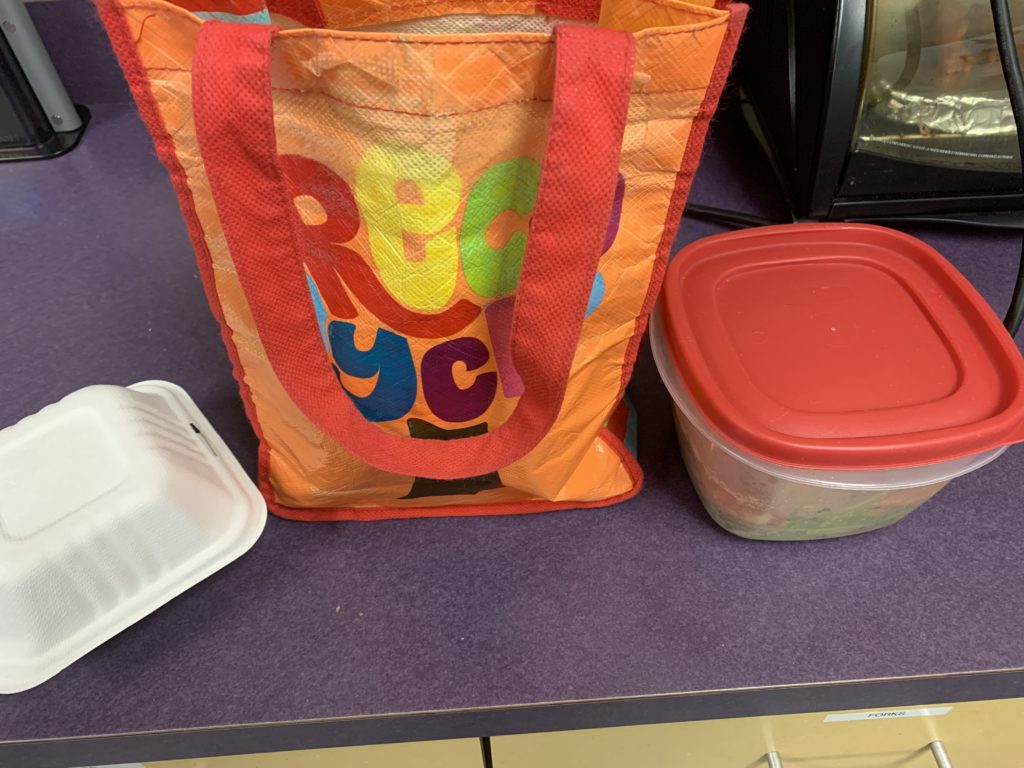I enjoyed doing this so much, I did it again! You can find part one here.
A Mortician’s Tale
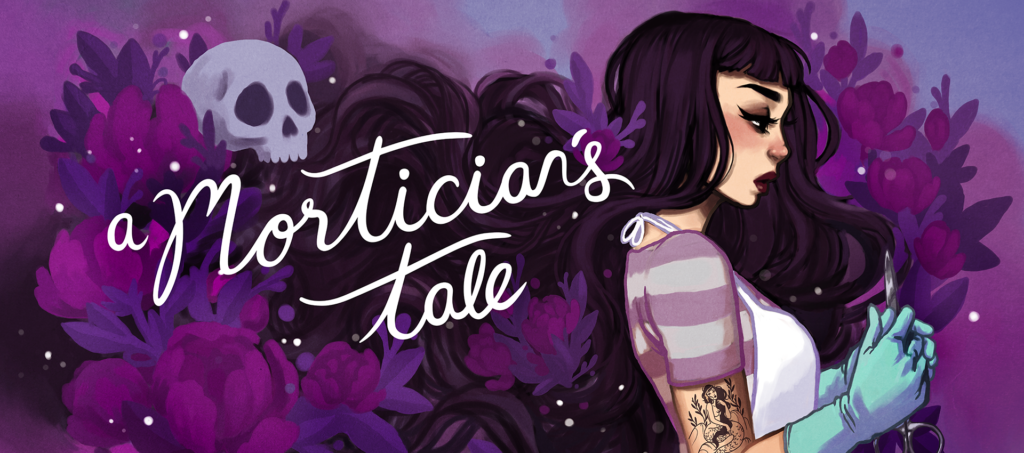
A Mortician’s Tale is a short, story-driven “empathy game” by Laundry Bear Games, exploring the Western death industry through the eyes of Charlie, a fresh-out-of-school goth mortician.
Most of the story happens via in-game emails. There’s a long-running email conversation with a friend (sister?) who works in a museum, and daily newsletters that keep you up to date on innovations in the death industry. Emails from your coworkers and bosses present the contrast between small, “mom and pop” funeral homes and the big corporations that are replacing them.
In between reading email you do your job — preparing the dead for burial or cremation, embalming them with tiny adorable tools, and attending funerals.
In fact, the mechanics of the tiny adorable embalming tools might lull you into thinking this is Yet Another Simulation Game — an odd one, sure, but I have played Graveyard Keeper. The mechanics are well-designed, and on the whole they feel good to use. Which is great! Except it’s easy to get distracted by the mechanics and forget that Story is Happening.
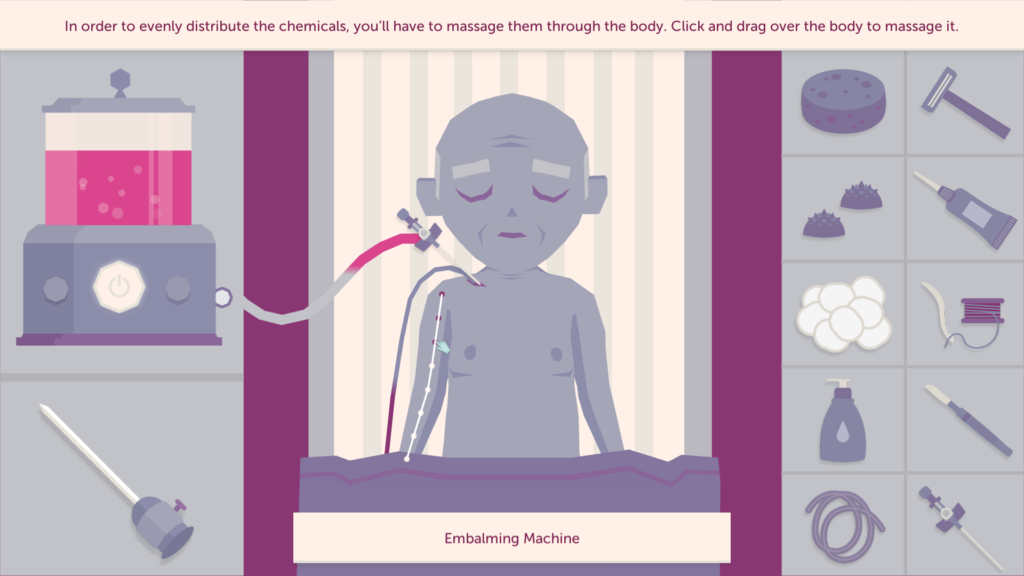
In fact, that’s exactly what happened to me — I arrived at the end to find I hadn’t been paying enough attention to the story. I knew something impactful had just happened, but it was diminished by the fact that I couldn’t remember who it concerned! This probably wasn’t helped by going into the game not knowing how incredibly short it was.
Basically I need to go back and replay this game so that I can get the full impact of the story. I’d urge you to not make the same mistake I did — keeping in mind that the gameplay is only about an hour long.
Also worth noting: there’s not really much branching going on here, so replayability is limited. I noted only one point where you had to make a choice, and it’s unclear to me if anything different happens on the other path. I guess I’ll see in my inevitable replay!
Overall, I rate this one 3.5 out of 5 stars.
Mon-cuties for All

Mon-cuties for All by Reine Works is a game about raising monsters on your country farm. It was tagged “clicker game” in the Itch bundle database, which was precisely what I was in the mood to play (see: Plant Daddy, from my last post).
… it takes the clicker part of “clicker game” very seriously, and I came out of this game with a sore finger.
This game starts with a long and not particularly relevant intro involving the farmer who’s selling you his farm in the country. He seems uncertain about your gender, which leads you clunkily into character creation. (Funnily enough, after all that, the best you can get towards a non-binary gender presentation is “androgynous.” I mean, I guess it’s something?)
Then the farmer… disappears? “Is that supposed to be important?” I wondered, but it never comes up again.
You start with one monster who’s already living in your barn — a tanuki, in my case, although the other possible option is something called a “carbuncle.” While I understood this word to mean “a cluster of boils on your body,” apparently it has another meaning in the world of monster ranching, which is “a fox-like creature with a gemstone in its forehead.”
(After some research on the always-reliable TV Tropes, I figured out this usage of carbuncle dates back to Jorge Luis Borges’ Book of Imaginary Beings, but it has been used greatly in anime and Japanese RPGs. The game also features the nekomata, a creature from Japanese folklore, so yeah, there is a very anime/Japanese folklore aesthetic to this game).

At any given time, there are only three things you can be doing: feeding/taking care of your monster, attending a prize fair, or shopping. When I discovered that, I very much had a moment of “… seriously, that’s it?” I dunno, maybe I expected to shovel monster poop on my idyllic country estate?
First, let’s talk about the “taking care of your monster” part of the game. Holy hell, is it a lot of clicking. That is basically all it is — do X number of clicks in a very generous amount of time, and your monster will smile instead of looking surly. (Personally I prefer a surly-looking tanuki, but YMMV). After three such feedings, your monster will level up.
And require more clicks to level up again.
To give you an idea of how absurd the amount of clicking is, you start by having to click… 10? 20? 50? times? It varies by monster, but it felt reasonable at first. But by the time you’ve maxed out your monster, it’s a total of something like 5,000 to 20,000 clicks each time you care for them, and just… NOPE.
Now, lest you think this is worse than it actually is, let me talk about another of the game’s three activities: shopping. In the shop you can buy “treats” and “toys” that will make your clicks more effective, in standard clicker game way. However, they are priced such that, at the beginning, acquiring them is veeeeeeery slow. So while you might not have to make 100, 500, or 2,000 clicks directly, you still have to click a lot, especially at first.
What else can you do in the shop? Well, you can buy new monsters, and… that’s about it. (I did note with some amusement that the feline shop owner, Nyahjit, is clearly an homage to the Khajiit of the Elder Scrolls).
Where do you get the money for shopping? Prize fairs. These are basically trivia games. Trivia about what? It’s a little bit of everything! Some of it is about cats (sadly, all those farming parties in my ESO guild Feline Good Meowporium did not prepare me for this), some of it about Reine Works and the game itself, and some of it is just random. (“Who was the first queen of England?” or “What is the highest recorded distance a goldfish has jumped?”)
Either way it’s unlikely you’ll already know the answers to most of these questions, so you won’t be making much money at the prize fairs until you figure them out. This doesn’t take too long, as the set of questions is pretty small, and they are introduced in tiers based on the “level” of the prize fair. (It’s unclear to me how the game decides what level of prize fair you attend?) If you answer all three trivia questions correctly, you win a prize; otherwise you get a meager consolation prize of (IIRC) between $25-$100, depending on level of the fair.
It is… not a lot of money. And since money is how you buy treats and toys that allow you to do less clicking… again, in the beginning, there will be lots of clicking.
I also felt like the game just sorta… ends, rather than wraps up neatly. It finishes after you’ve acquired your final monster — an incubus, in my case, as it was the most expensive — without you leveling that monster up. I felt was being rushed out the door just as I got to the party!
(The leveled-up incubus was quite the handsome fellow, by the way. I would like to have tea with him and share my thoughts on post-Reformation epistemology. For a brief moment I was sad this wasn’t a monster dating sim…)
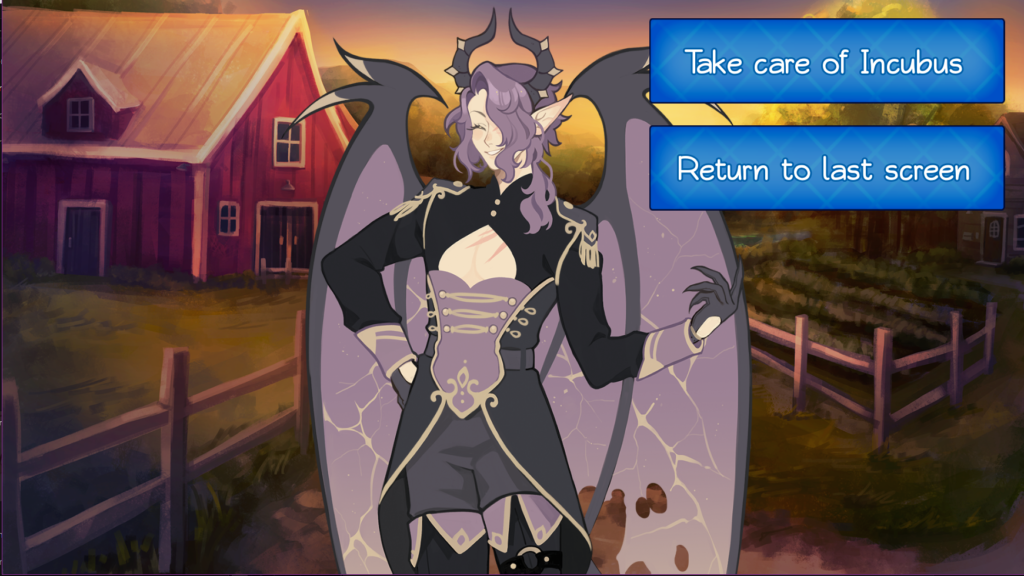
On the whole, I wasn’t very happy with this game. There was too much clicking, and a lack of different activities to do. I guess I expected more simulation-y aspects to the game — that “taking care of your monsters” would be more than just clicking repeatedly. Once you’ve done all the clicking, too, there’s probably not more than an hour of gameplay here. Plus I’m just not a super fan of the cutesy anime style to the storytelling.
That said, I have only good things to say about the art, music, and the sound effects. Someone clearly put great care into crafting the different sounds for each monster, and the different levels and color palettes for the monsters. These felt polished, even if the story and gameplay didn’t always.
On the whole I give this a 2 out of 5 stars. It wasn’t for me, but I can see how it might appeal to others!
Verdant Skies
Verdant Skies by HowlingMoonSoftware is a life stimulation game in the vein of Harvest Moon or Stardew Valley. Here, you play a colonist on an alien planet, doing things like growing plants, fishing, cooking, and scavenging for scrap to improve your homestead and your colony, all while managing your energy, which slowly depletes over the day.
First things first: I love this thumbnail art, used to promote the game on index pages on Itch.io. It made me want to jump in right away, before I even read the description. If the job of the thumbnail is to sell the game, then it succeeded admirably.

Also: note the subtle rainbows!
Credit: Verdant Skies on Itch.io
This thumbnail is pretty representative of the game art, too, with the hand-drawn style of the cut scenes contrasting with the more pixelated style of the actual gameplay. I like both — whoever the artist(s) are, they use color in ways I really love.
Like many games in this genre, Verdant Skies gives you the ability to romance, marry, and have children with the NPCs you encounter in the game — from the stern-but-ultimately-kind colony director to the ditzy blond photographer who begs you not to eat fish. But unlike most of these games, Verdant Skies rejects outdated notions of gender or sexual orientation.
For one thing, in designing your character, gender is irrelevant –you select the hair, face, and clothing you want from options that are more-or-less gendered, but gender is never explicitly stated, so you are free to define your character how you like. (In the narrative, your character is always referred to as “they” in the third person. Ideally I’d prefer the ability to choose pronouns, but this is pretty good, too).
As I’ve been doing lately when it’s an option — like in Mon-Cuties, in fact — I picked a fairly-androgynous-but-slightly-femme gender presentation. Is this telling me something about my gender presentation IRL? Maaaybe, I dunno. I’m pretty gender apathetic, all things considered. But that’s neither here nor there!
(I read some complaints that “none of the faces are masculine enough!” but that was on the Steam forums, so I tend to write that off as the gripings of toxic masculinity — the real villain of Verdant Skies!)
Given that gender is irrelevant, sexual orientation only has as much meaning as you, the player, ascribe to your character and who they romance. And there are many fine choices for romance, including at least one non-binary character using they/them pronouns — Zaheen, the colony’s doctor.
(I don’t think I’ve met all the NPCs yet, so there could be others, too).
There’s a lot of racial diversity in the cast, too — admittedly, ethnicity doesn’t matter much in space, but it’s implied you all come from Earth, where such things definitely do matter. At least three characters are Black (Jade, Anthony, and Wyatt), Zaheen is coded Middle Eastern, and the mechanic Rosie is Latina. Again, there could be more diversity among the characters I haven’t met yet!
And then there’s the Scottish character, Nessa. I have a… thing about bad Scottish dialect in fiction, and this character has a bad case of Robbie Burns. Look, I’ve spent a lot of time in the UK, some of that with honest-to-god Scottish people, and I am pretty sure that ACTUAL MODERN-DAY SCOTTISH PEOPLE DON’T SAY “AMN’T” for “am not.”* That said, she is a redheaded farm girl who loves animals, which is exactly my jam. I may romance her. (After Wyatt; see below).
*(Actual Scottish People have informed me that “amn’t” is rare but does occasionally come up, mostly among older folks. Still I maintain that if Nessa were any more aggressively Scottish, she’d be a talking plate of haggis).
Luckily for my highly romantic heart, some characters in Verdant Skies are open to polyamorous relationships, which is really the first game I’ve played that allows that! I haven’t explored it yet, but it’s something I’m looking forward to checking out. According to posts I’ve seen on the forums, some of the mechanics break down in actual play, in that ultimately you can only choose to live with one spouse. The developers have expressed a desire to make that work better, but it requires a lot more dialogue trees, i.e. more work, i.e. probably more money and/or time.
Personally, I developed an attachment to the Black botanist Wyatt. He had me at “lovely specimens of Poaceae around here, eh?” Like the totally well-adjusted human with the totally misspent youth that I am, I knew immediately he was talking about grasses, and was able to respond with “WHY YES, I especially like the purple ones!” Clearly it’s love at first turf, although our relationship is still growing, as we take turns at the gene splicer or bump heads while harvesting mushrooms.
Like you do.
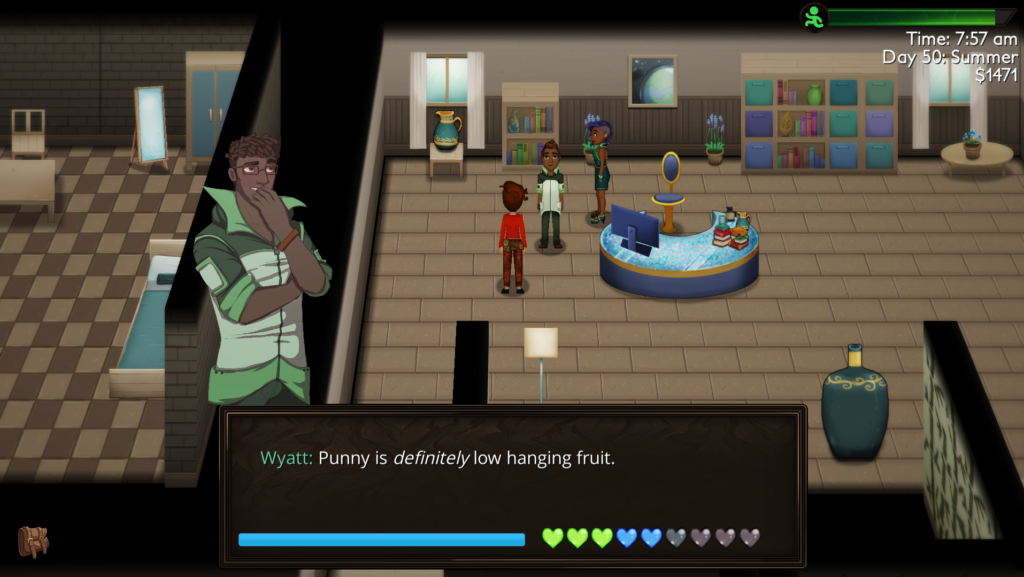
Speaking of gene splicing, I want to say a word about the gene splicing mini-game, which allows you to combine a traits on plants (and later, animals, too) to select for the traits you want. At least for plants (I haven’t explored animals yet), you have traits like “juicy” or “tasty,” that increase the nutritional value, as well as ones like “regrowth” or “double yield,” that change how you harvest them.
I was worried I was “doin’ it wrong” at first, especially since I hadn’t watched the “Verdant Skies Gameplay – Genetic Splicer Tutorial” video. But it’s actually pretty intuitive — put two seeds in, and drag a slider back and forth until you get the traits you want. One end is all the traits from the first seed, and the other end is all the traits from the second seed, and the order you put them in the splicer does matter.
On the whole, it’s a fun system which feels satisfying to use! But then, if you don’t have good mechanical representations of mundane(ish) tasks in a life simulation game, then what do you have?
Besides cute botanists, I mean.
Overall, this has been one of my favorite games out of the Itch bundle so far, and I went whole-hog and rated it 5 out of 5 stars. It’s nearly my perfect game!
So that is three more games down! Only… 1735 more to go?
The next games from the bundle I’ve been playing are Changeling and A Short Hike, and I hope to write about those next — maybe along with one other game? We shall see!
